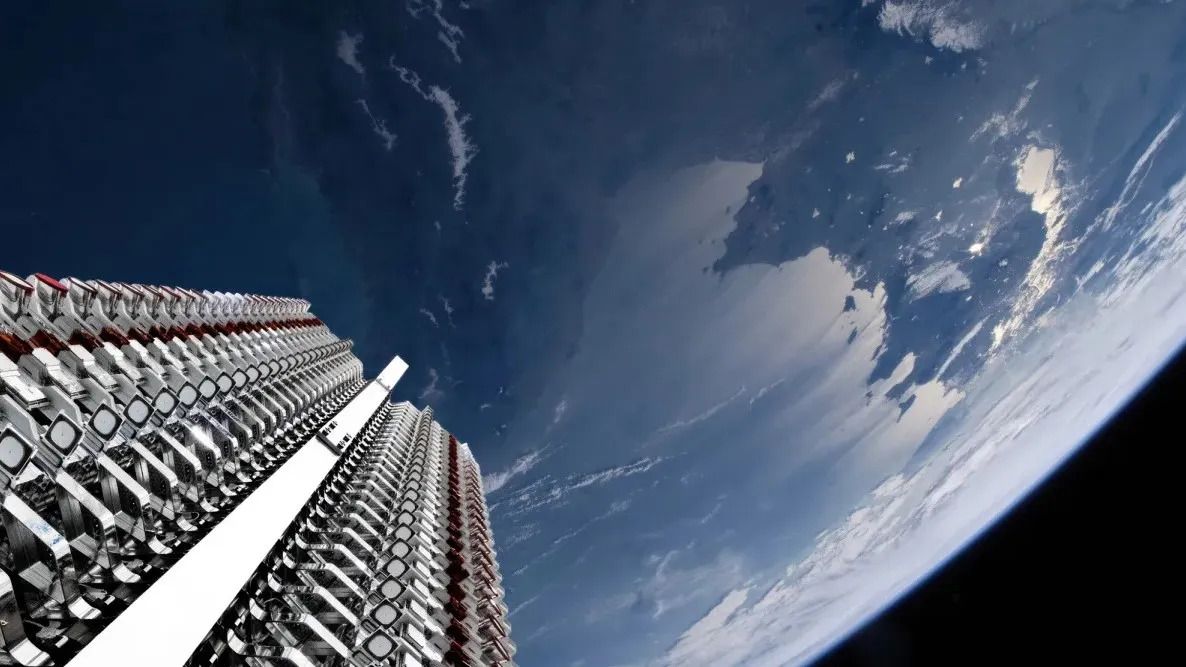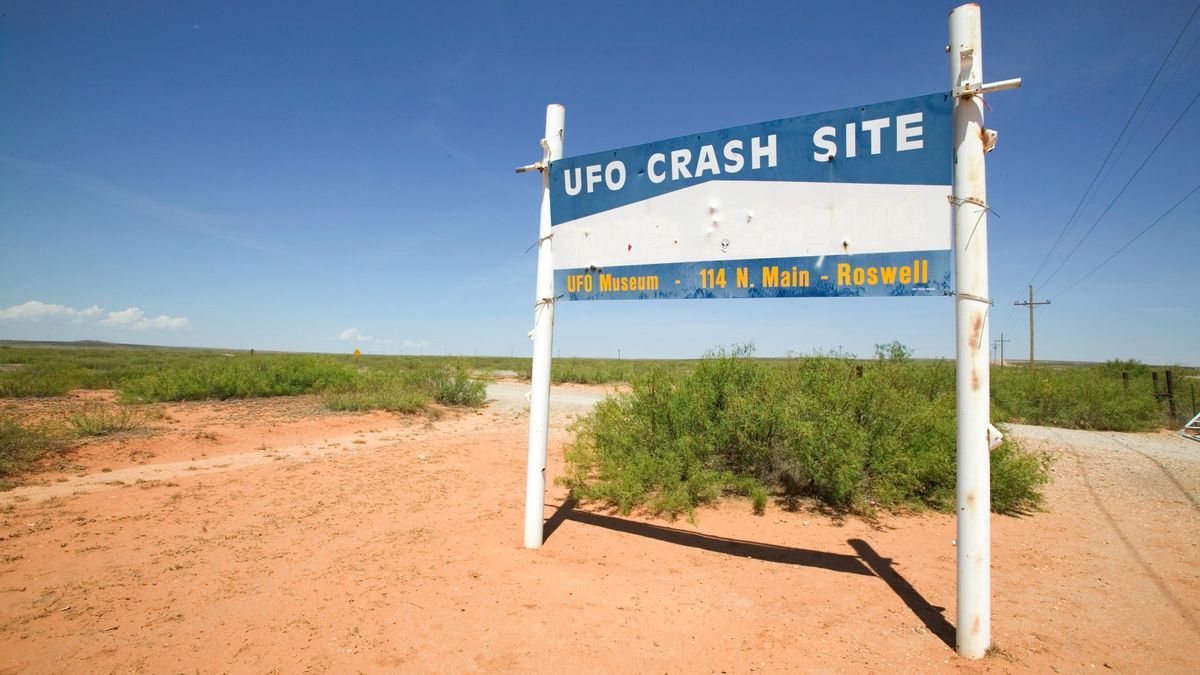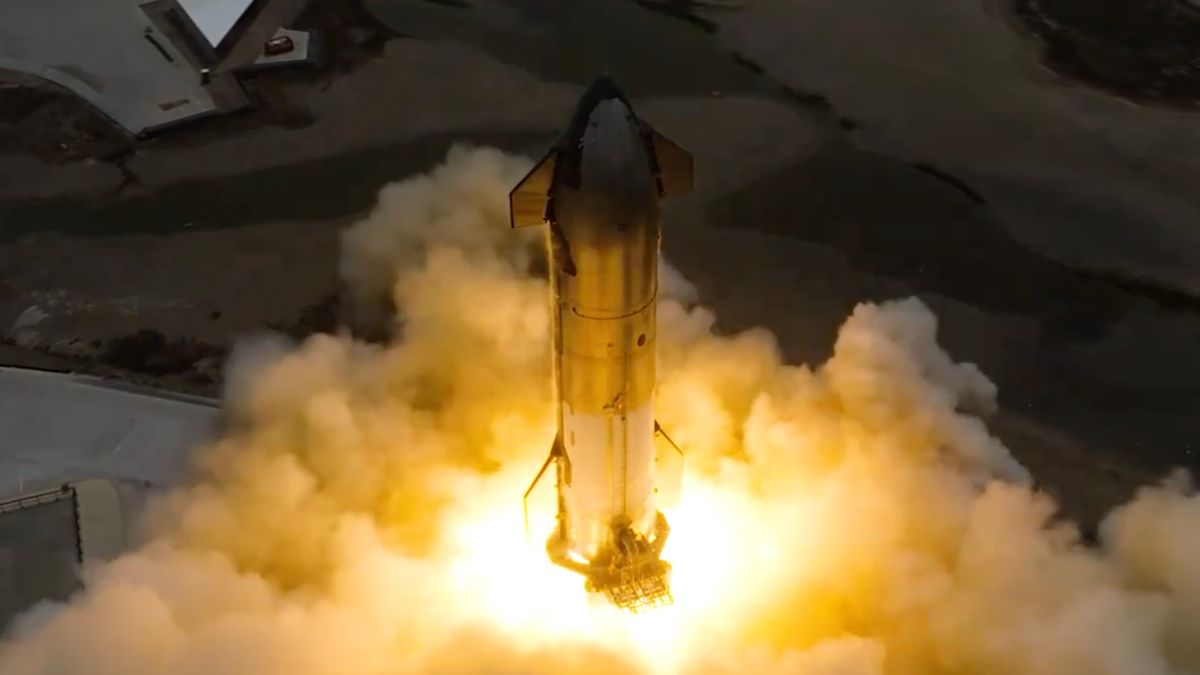SpaceX’s Successful Weathering of Solar Storms by Starlink Fleet
SpaceX’s Starlink satellite fleet, comprising almost 6,000 orbiting satellites, emerged unscathed following intense solar events that triggered auroras and space weather phenomena around the globe, reaching as far as the southern United States. Despite the challenges posed by the solar storm over the weekend, all Starlink satellites in orbit remained unaffected, as confirmed by SpaceX officials through a statement released on X, formerly known as Twitter.
Solar Storm Resilience
This recent achievement holds significant importance, particularly in light of a previous incident where a portion of the Starlink fleet encountered issues after a solar storm back in 2022. While the solar disturbances did cause disruptions to other satellites unrelated to Starlink, such as reported instances of GPS outages impacting farming equipment during the critical planting season, SpaceX’s Starlink constellation proved its resilience.
Historical Context
In February 2022, SpaceX had launched 49 Starlink satellites using a Falcon 9 rocket. The subsequent geomagnetic storm unexpectedly heightened atmospheric density, resulting in increased drag forces on the satellites. This prevented most satellites from transitioning out of safe mode to initiate orbit-raising maneuvers, ultimately leading to the reentry of up to 40 satellites into Earth’s atmosphere.
For the latest update on space missions, subscribe to SpaceX’s newsletter! SpaceX recently launched another 23 Starlink satellites from Florida’s Cape Canaveral Space Force Station on Sunday (May 12), marking the company’s 49th orbital mission of 2024. With a significant portion of these launches dedicated to the Starlink constellation, SpaceX continues to expand its orbital presence with approximately 5,900 operational satellites contributing to global connectivity efforts.
SpaceX reiterated the importance of enhanced weather forecasting capabilities to shield the Starlink fleet from potential future solar storm disturbances, underscoring the company’s commitment to ensuring the robustness and longevity of its satellite network in orbit.
Image/Photo credit: source url





